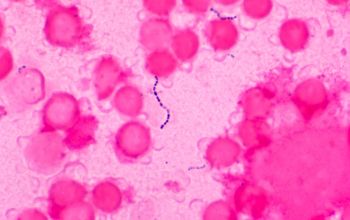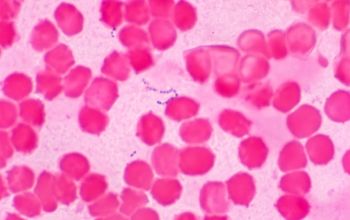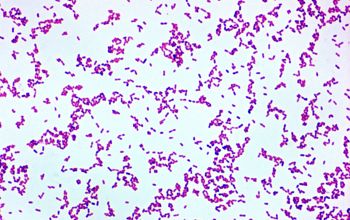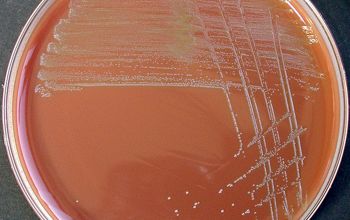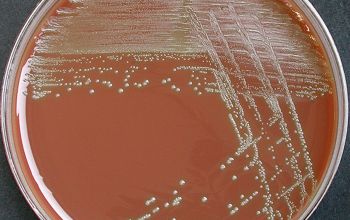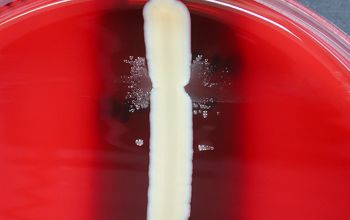Granulicatella adiacens
-
General information
G. adiacens is a fastidious organism that requires a complex medium enriched with L-cysteine or vitamin B6 as well as other unique nutritional requirements that are essential for growth.
Taxonomy:
Family: Aerococcaceae
Genus: Abiotrophia and Granulicatella
Formerly: Streptococcus defective, Nutritionally Variant Streptococci or satelliting streptococci
Natural habitat
They are members of normal flora of the oral cavity or upper respiratory tract as well as the intestinal tract.
Clinical significance
They are opportunistic pathogens, and are formally known as NVS (nutritionally variant streptococci) are normal residents of the oral cavity
and are recognized as agents of endocarditis involving both native and prosthetic valves.
These organisms have also been isolated from other types of infections, including ophthalmic infections, peritonitis in patients undergoing continuous ambulatory peritoneal dialysis, musculoskeletal infection, septic arthritis, and a breast implant-associated infection.
Although it is rare for G. adiacens to cause endocarditis they have a greater morbidity and mortality than endocarditis caused by other streptococci due to its poor response to many antibiotics.
Cases are rare.
-
Gram stain
Gram positive cocci,
0.4-0.5 µm,
grouped in pairs or chains.
Varying as typical gram positive streptococci to gram variable, enlarged, pleomorphic coccobacilli, the microscopic morphology of the organisms is dependent on the type of medium.
-
Culture characteristics
-
Facultatively anaerobic
BA: no growth
Chocolate agar
They grow as small alpha-hemolytic colonies, max 0.2 mm in diameter.
They grow as non-hemolytic or alpha-hemolytic satellite colonies adjacent to Staphylococcus aureus and Staphylococcus sp
McConkey: no growth
BBAØ: growth
-
-
Characteristics
-
References
James Versalovic et al.(2011) Manual of Clinical Microbiology 10th Edition
Karen C. Carrol et al (2019) Manual of Clinical Microbiology, 12th Edition

